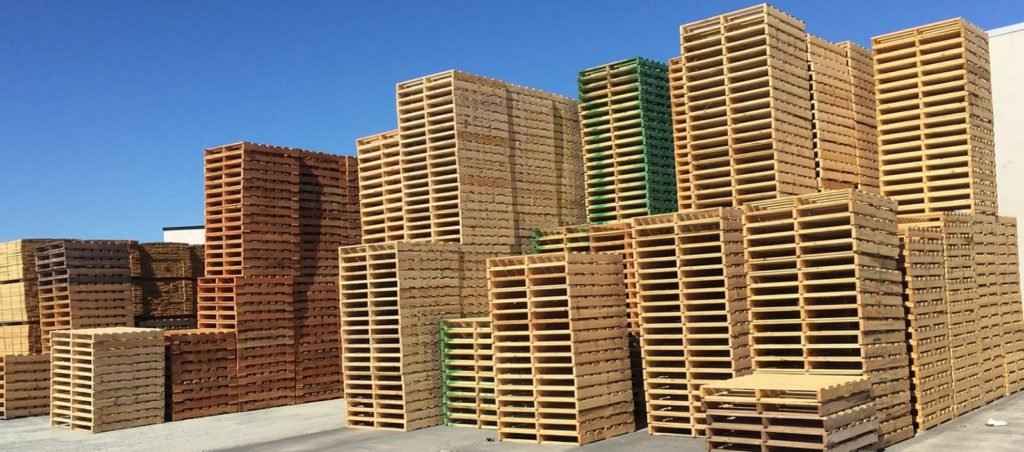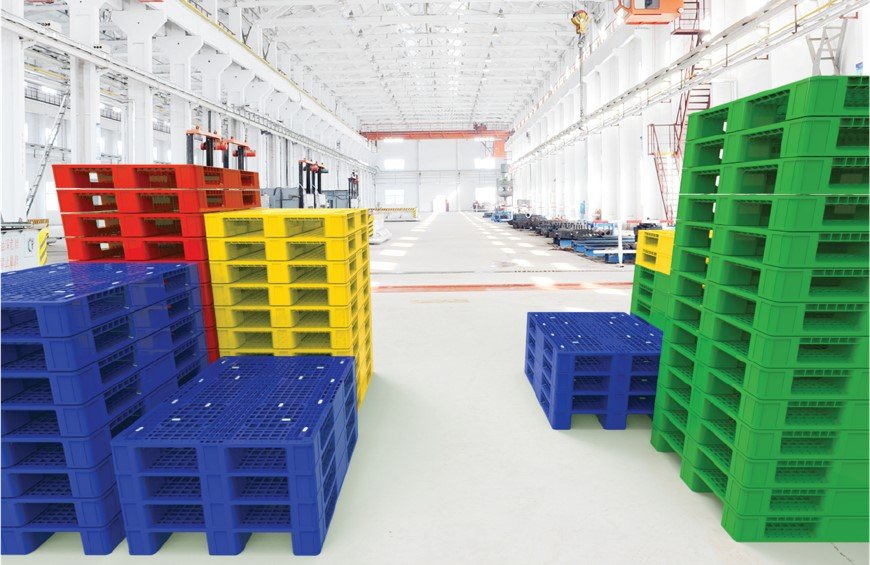The outbreak of Covid-19 pandemic has caused turbulence in almost all aspects of the economy. The things that hit the market hardest are crises. First was the toilet paper crisis, then the mask, then the container crisis that lasted just earlier this year, recently the chip crisis has caused most of the world’s car and electronic device manufacturers to suffer. The pallet crisis is the next one we have to face because of unpredictable changes in pallet supply nowadays. This situation can disrupt the supply chain of almost all market segments.
The causes of “the pallet crisis”
The increasing demand
When the economy reopens and people’s demand for goods increases rapidly, it will push pallets into scarcity. Besides, the demand for inventory stock in stores and large companies is also increasing, putting pressure on equipment that is the backbone of warehouses such as pallets.

A pallet trader shared that his company must use a sales apartment to offer pallet sales before, but within the past 6 months, this has not happened anymore. Even CHEP, a large pallet rental company, have apologized to their customers for not guaranteeing a sufficient supply of pallets and advise them to do backup sourcing
The rising cost of producing
Along with high demand, the pallet manufacturing industry also has faced the problem relating to rising costs as the global price of raw materials is trading at sky-high prices. Until now, the cost of producing wooden pallets has increased by more than 400% compared to before the pandemic. The reason stems from its raw material, lumber – the lowly and once cheap material, has become expensive and scarce.
On the other hand, due to the recent booming housing demand, pallet manufacturers are also competing for this raw material with the housing construction industry. Meanwhile, sawmills have made efforts to increase production capacity, but the shortage of sawn timber remains unchanged.
These factors have pushed pallet prices to the highest records. As packaging and shipping costs rise, it is likely that consumers are the one who finally suffer in this crisis, as the container shortage did before.

Like all previous crises, the US is the one who is suffering the most from the pallet shortage. Currently, the price of US timber has increased by more than 400% compared to the price before the pandemic. While the American people are tending to spend more on consumption instead of services as before, this has put much pressure on the US pallet manufacturing industry and this pallet shortage is expected to last at least until the end of this year.
An alternative to wooden pallets is to use plastic pallets. But the problem is that plastic pallets’ price is 3 times higher than wooden pallets’. In addition, the conversion process also requires a long time and a lot of money, especially warehouses using RFID technology.

The domino effect of the pallet crisis
Pallets showed up on the shipping market about 100 years ago. Its simple design allows products to be stacked on top easily and forklifts to slide right into the wooden frame for lifting this make pallets gradually become the secret lifeblood of the supply chain. And until we seemingly suffer this shortage, the secret lifeblood is becoming respected.
Currently, most warehouses and forklifts in the world are designed to adapt to pallets. As a result, a shortage of pallets can freeze the movement of goods from warehouses to stores and ports. Once this shortage occurs, sensitive goods such as fruits, vegetables will be affected immediately.
The effects of this pallet crisis could be as severe as the container crisis, and a domino effect could occur. In fact, any industry transporting a product, a component or a raw material needs to use pallets. Therefore, this shortage of pallets is likely to cause a far-reaching impact on the global economy.
The effects of the assessed pallet crisis could be as severe as the container crisis and a domino effect could occur. Practically any industry that transports a product, a component, a raw material, they need to use pallets. Therefore, the shortage of pallets will impact, even disrupt the supply chain of not only one but many industries around the globe.
Huyen Tran













